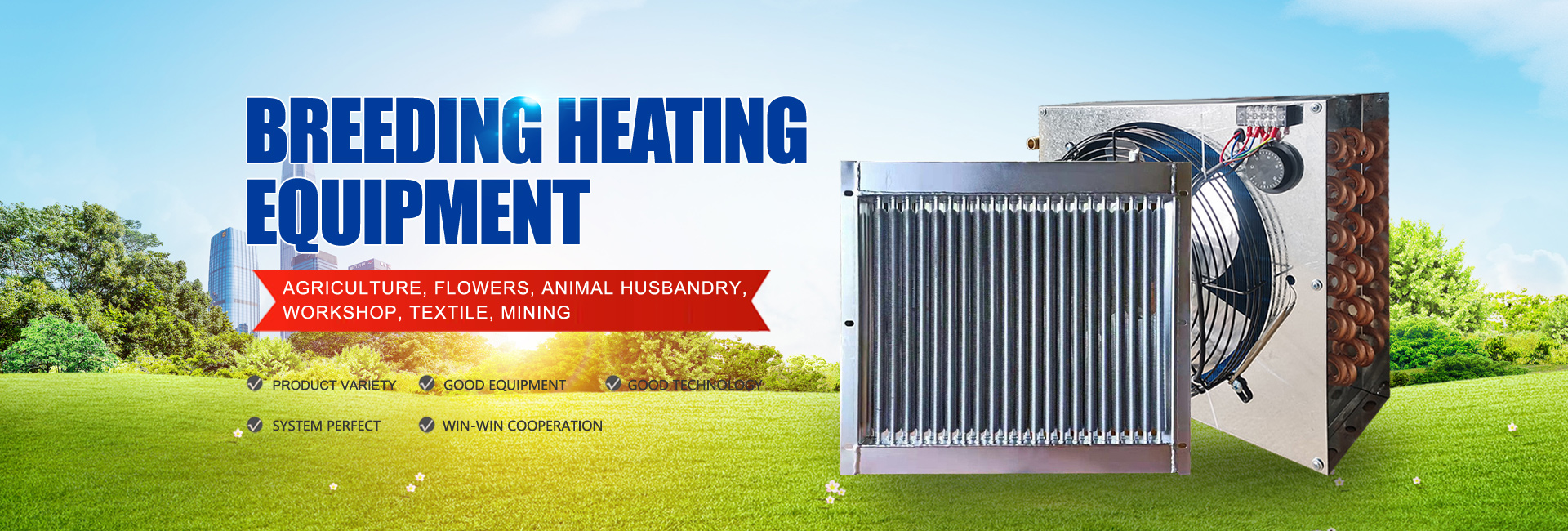
Site navigation
Failure analysis of frequency converter of breeding fan
In recent years, in the practical engineering application of animal husbandry fans, for the variable speed use of speed regulating fans, the previous application of single-phase asynchronous motor voltage regulation and speed regulation has gradually transformed into three-phase asynchronous motor frequency conversion speed regulation application. The three-phase asynchronous motor using the frequency converter has many advantages, mainly in that it can increase the power factor in actual operation, save energy at low speed, and the fan speed regulation is more accurate. In some cases, the application cost may be lower than the pressure regulation and variable speed. However, due to the particularity of the speed regulation principle of the frequency converter, the output is mainly modulated by a high-frequency carrier wave. In actual use, some inexplicable faults and problems often occur, and even damage to the fan motor.
1. When the frequency conversion speed regulating fan adopts the frequency converter, the smaller frequency should not be lower than 30Hz, and a small frequency limit value should be set in the frequency converter. When the fan rotates at 30Hz (sixty percent), the 25Pa air volume is generally 35% to 40% of the 50Hz full-speed running air volume, which can basically meet the needs. For specific air volume data, please refer to the fan frequency conversion speed regulation test data of animal husbandry fan manufacturers. When the air volume at 30Hz still cannot meet the requirements, the fan with smaller air volume should be replaced. Animal husbandry fans generally use asynchronous motors with an insulation grade of F, which will not cause problems when used above 30Hz. However, when used below 30Hz, the service life of the motor will be reduced, and even the motor will be damaged quickly under low frequency operation.
2. The inverter should be placed as close to the fan as possible to reduce the cable length. When the cable length exceeds 50 meters, it is necessary to install an output reactor at the output end of the inverter, otherwise it is easy to burn out the motor. When using "one drive with multiple fans" (one inverter outputs and drives multiple fan motors at the same time), when the cable length of any motor exceeds 30 meters, an output reactor needs to be installed at the output end of the inverter, otherwise It is easy to burn out the motor.
In the application design, try to avoid the situation where the inverter is too far from the fan motor. When the cable length between the motor and the inverter is less than 30 meters, there is no problem without the output reactor. If this is not possible, a better solution is to increase the number of frequency converters to keep the cable lengths not too long. When multi-purpose, try to set up a separate frequency conversion cabinet near the livestock fan, and keep the frequency converter close to the fan.
The developer sells directly, no agency commission, online VR live-action real-time property inspection, safe and reliable
*The information has been encrypted, please feel free to fill in

